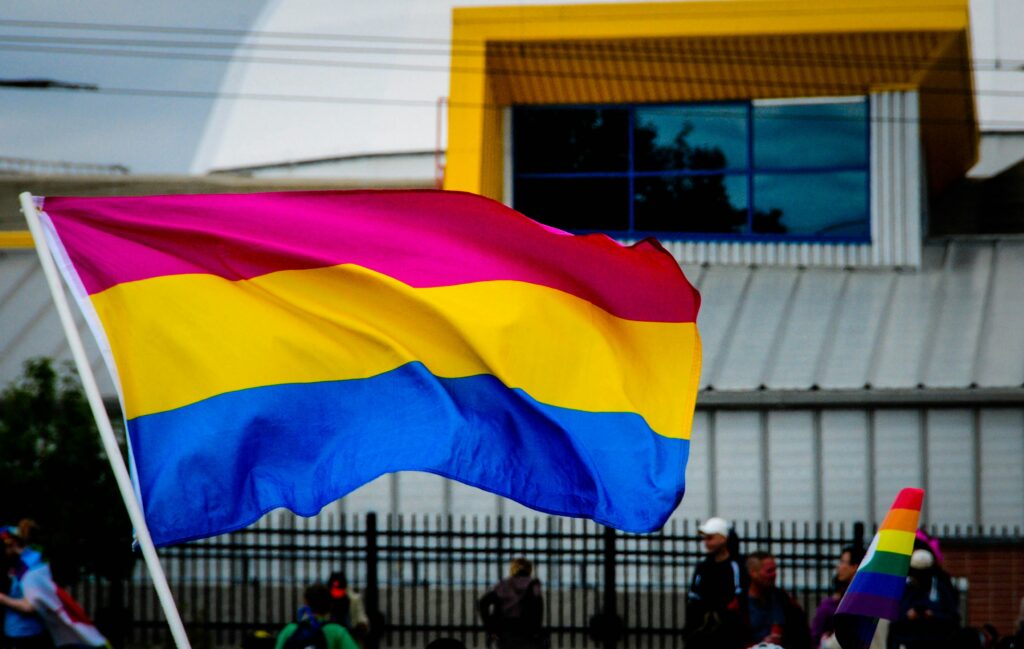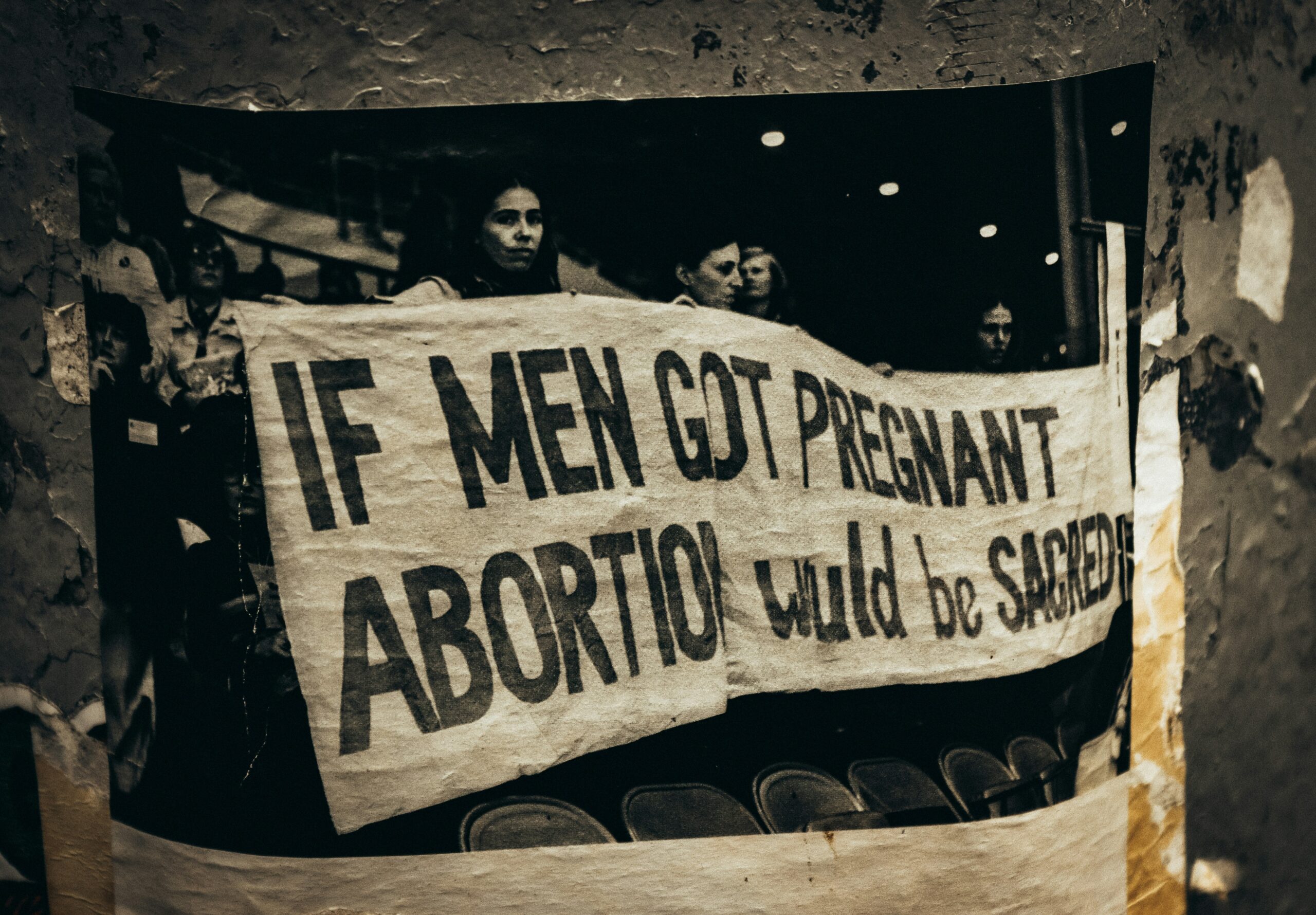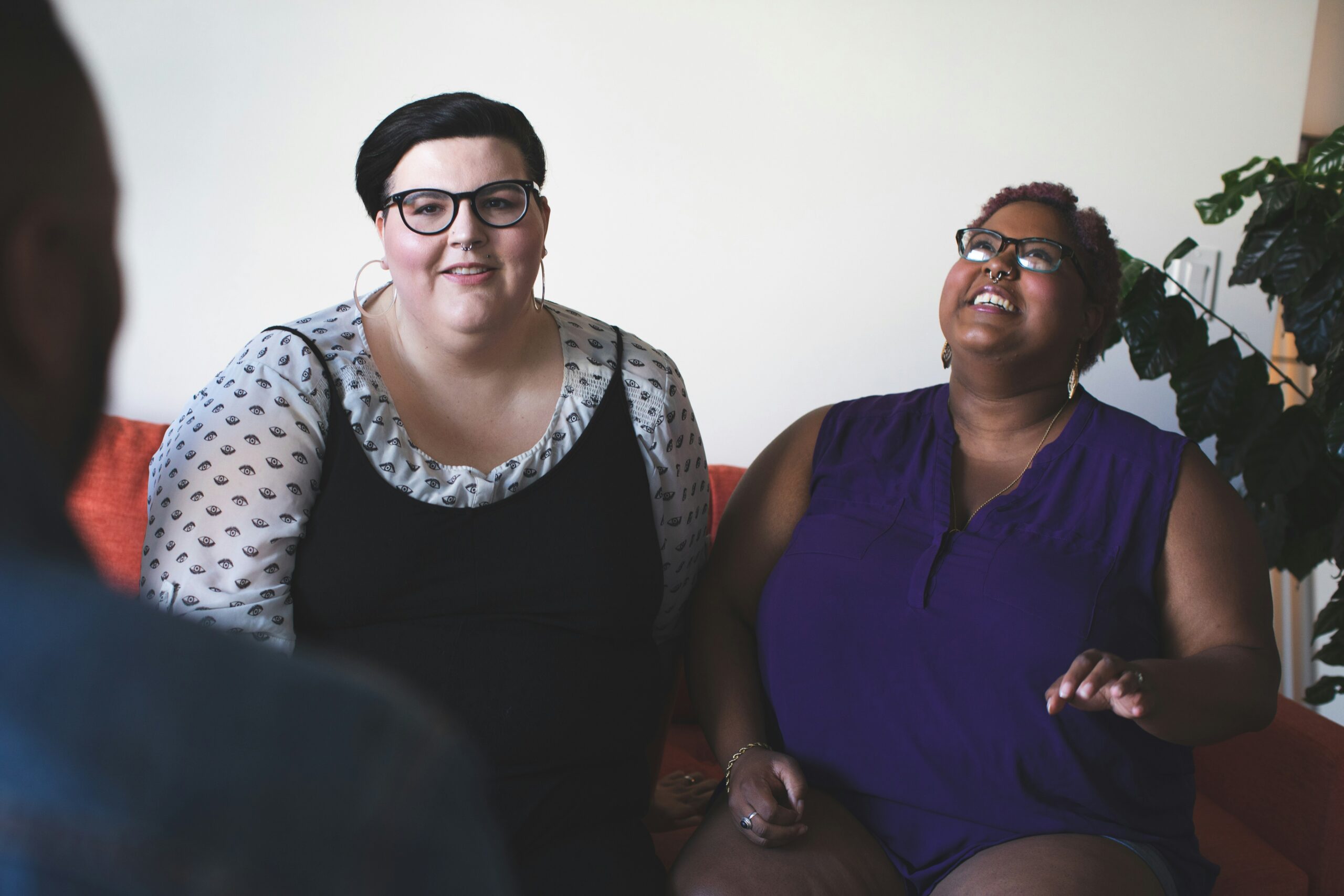
A political date for identities seeking recognition
Every May 24th is a day to shine a spotlight on pansexuality and panromanticism, to open dialogue, and to proudly claim loves and desires free from gender and sexuality norms.
Pansexual and Panromantic Visibility Day, celebrated since 2015, was born on social media through the initiative of LGBTQIA+ activists. Although not tied to a specific historical event, this day has become a significant moment of pride, recognition, and awareness around pan experiences, which are often marginalized or rendered invisible.
Pansexuality and panromanticism: Debunking myths
Contrary to common misconceptions, pansexuality and panromanticism are not simply variants of bisexuality. These identities refer to sexual and/or romantic attraction that does not take gender or sex into account. They include all identities: cisgender men and women, trans people, non-binary, agender, intersex, or genderfluid individuals.
The prefix ‘pan’ (in ancient Greek meaning ‘all’) does not mean ‘attracted to everyone’, but rather an openness to others regardless of gender categories. Being pan does not mean being ‘in between’ or ‘wanting to love everyone’: it means that sex, gender, and gender expression are not criteria for love or desire. Being pan does not necessarily mean being polyamorous either; it is entirely possible to be monogamous while being attracted to people of all genders.
Feminist psychologist Lisa M. Diamond, in her book Sexual Fluidity (2008), emphasizes that human attraction is fundamentally fluid, far from the rigid boxes imposed by society. In this sense, pansexuality challenges dominant binary norms and broadens our understanding of emotional bonds.
Double danger: between social stereotypes and marginalisation among LGBTQIA+ people
Pan individuals face a double invisibility: on the one hand, in a society that finds it hard to conceive of attractions outside heterosexuality or stereotypical patterns of bisexuality; on the other hand, within LGBTQIA+ communities themselves, where they are sometimes accused of indecision, hypersexualisation or erasing other identities.
Representations and invisibility
Pansexual and panromantic identities remain largely invisible in media and mainstream culture. Although the likes of David Bowie and Janelle Monáe have helped to deconstruct gender norms and celebrate the fluidity of love, the representation of pansexuals remains marginal and often reductive. These identities are often reduced to stereotypes and have little presence in media stories.
The absence of positive role models in films and series makes it difficult for many pan people, particularly young ones, to recognise themselves and feel validated. This reinforces their sense of isolation, as they struggle to find their bearings in the public arena.
Towards political and cultural recognition of pansexuality
The 24th May is not just a symbol: it’s a day of mobilisation, visibility and collectivity. It is an opportunity for pan individuals to claim their place in LGBTQIA+ struggles while challenging institutions.
It is essential that pansexual and panromantic identities are integrated into public policies, school curricula, media and cultural representation.
Claiming these identities means demanding full recognition. It means denouncing the symbolic and institutional violence that erases them, and asserting that their love, bodies and desires must not be constrained by gender norms, heterosexuality or persistent patriarchy.
These struggles are not isolated: they are intertwined with those against racism, validism, classism, sexism, grossophobia, transmisogyny and all forms of systemic oppression.
Resources for understanding and celebrating these identities beyond traditional categories:
Pansexuality and panromanticism open up new ways of loving and connecting. Here are a few ways to explore the depths of queer love and perhaps better understand yourself, or others:
- Eugénie, the story of a ‘sexual onion’, Dénudé-e-s, episode 7 (2022): Podcast that delves into 27-year-old Eugénie’s journey towards discovering her pansexuality, which she compares to a huge, multi-layered onion, symbolising a fluid and joyful sexuality, liberated from heteronormative norms.
- Dirty Computer, Janelle Monáe (2018): a queer, Afrofuturist visual album that celebrates free love. In it, Monáe explores the fluidity of desire and the freedom to love beyond norms, in connection with her non-binarity and pansexuality.
- Manifesto for a deviant democracy, queer love in the face of fascism, Costanza Spina (2023, Trouble): a manifesto exploring the intersections between queer love and the fight against fascist oppression. In it, the author defends an inclusive and subversive vision of love, reaffirming the importance of queer resistance in a world where gender identities and diverse sexualities are under threat.
- Bi’Cause: association and platform dedicated to bisexuality and pansexuality. It offers definitions, testimonials and activist tools to help people understand the issues and support those affected. @bicause_asso
- Collectif Bi/Pan Bruxelles: a collective committed to bi/pan visibility in Brussels. They organise events, raise awareness and share experiences. @bi_pan_bxl
Faustine Stricanne
Stagiaire Amazone


